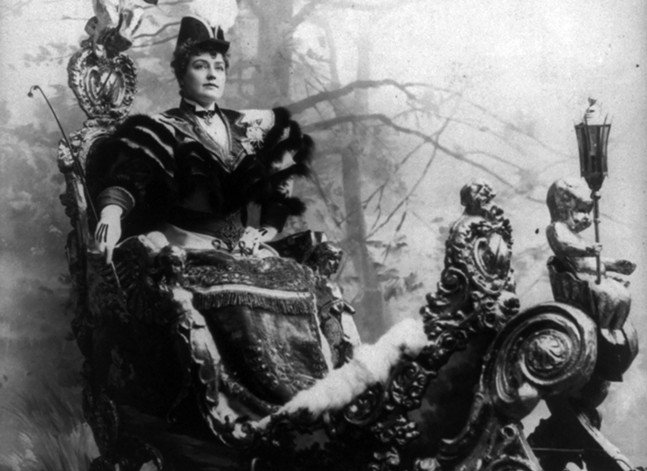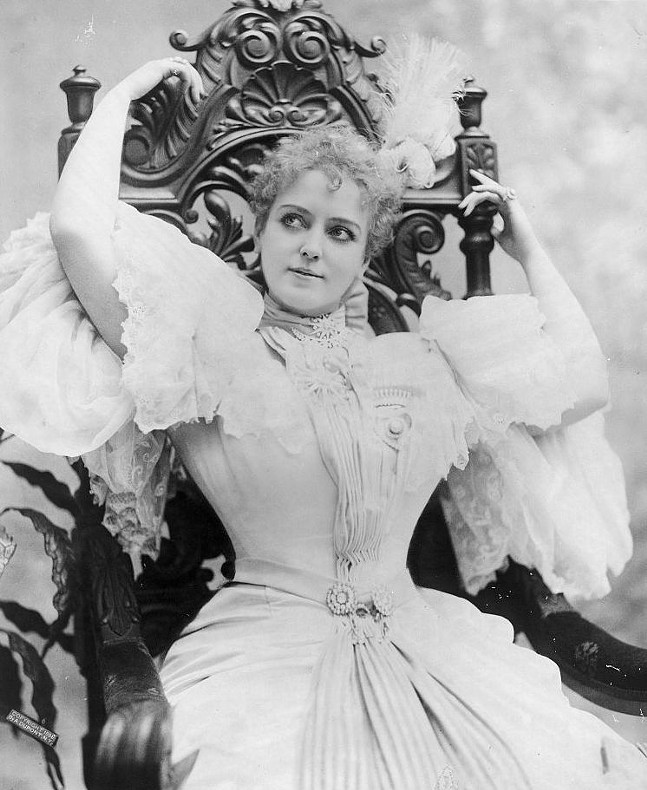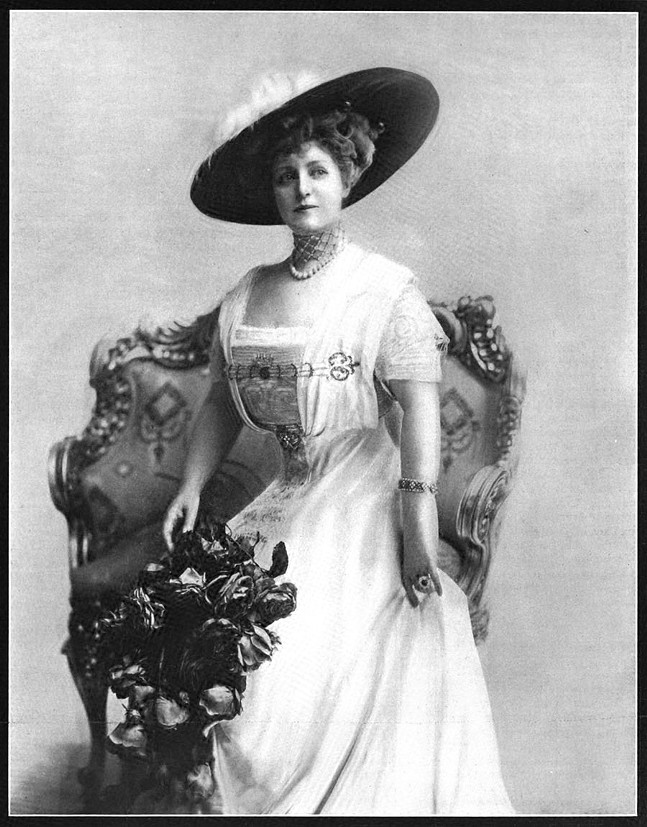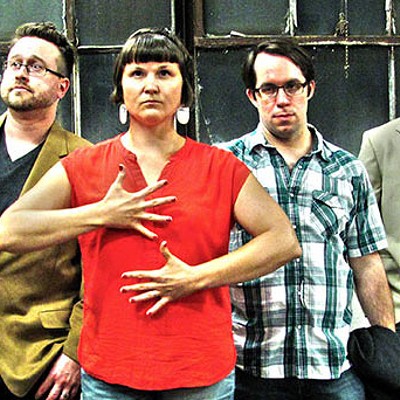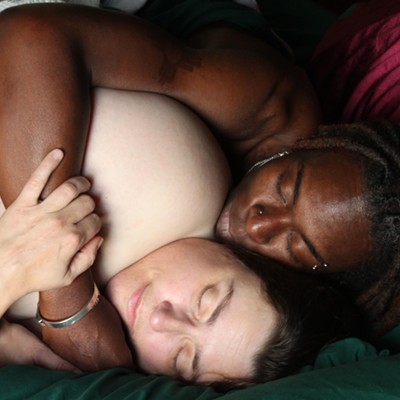Monday, December 4, 2017
Actress and singer Lillian Russell Moore, buried in Allegheny Cemetery, turns 156
Last month, in honor of Halloween, City Paper created a subjective guide to the best spots in the Allegheny Cemetery. One standout was the mausoleum of actress and singer Lillian Russell Moore. Dec. 4 would have been her 156th birthday, which is just as good as any round number to reflect.
Before adopting the stage name Lillian Russell in New York City, she was born Helen Louise Leonard in Clinton, Iowa, to a suffragist mother and newspaper-owning father. She eventually ended up in Pittsburgh after marrying Alexander Moore, editor of the long-gone Pittsburgh Leader. They were married at the Schenley Hotel, now home to the William Pitt Union on the University of Pittsburgh campus.
Moore lived an eventful life that could go toe-to-toe with any modern celebrity's public drama. She became so known for her voice that Alexander Graham Bell recruited her to sing over the wire to President Grover Cleveland for the first-ever long-distance phone call. She was married four times and had two children, one of which died as a baby after accidentally getting stabbed with a diaper pin. One of her marriages ended after her husband was arrested for bigamy. Wealthy businessman Diamond Jim Brady, who showered her with lavish jewelry for 40 years, once gifted a custom-made gold chamber pot from Tiffany's. After her career began to wane, she became active in the women's suffrage movement. President Warren G. Harding sent Russell on a fact-finding mission in Europe that resulted in the exclusionary Immigration Act of 1924. She received a military funeral upon her death.
It's nearly impossible to fully understand the level of a person's celebrity without living through it. Even the biggest celebrities eventually fade from public memory. Now the internet exists to document fandoms, idolization, and criticism. Future generations will at least be able to look back on today's actors and pop stars and see their massive social media followings, fan blogs, and blind items on gossip websites.
Have you ever been watching an old movie with a parent or grandparent or when they point at the screen and say "that man used to be the biggest heartthrob on the planet." You think to yourself, "him?" A man whose name and face you've never seen or heard of supposedly adorned teen bedroom posters?
In her heyday, Russell was one of the most famous actor/singers in the country, dubbed "The American Beauty," though she died before the creation of the internet, or fan clubs, or tabloids. She died before films could talk and before records were popularized.
The construction of her life as an actress and public figure was one of the first examples of a modern celebrity arc: humble yet complicated beginnings, love and heartbreak on loop, tragedy, money, a second-act foray into politics. Grab any US Weekly at the grocery store and the cover star will fit this arc.
Lillian Russell, a 1940 bio-pic starring Alice Faye as the title character, depicts a partially inaccurate, slightly happier version of Russell's life. The tragedies are brief, the costumes extravagant, and the musical numbers long. Like any modern bio-pic, it depicts an idealized version of a celebrity, one that preserves their legacy without tainting it.
Among the love stories and career triumphs in the film is the true story of Russell's mother, Cynthia Leonard, a suffragist who became the first woman to run for mayor of New York City (that was in 1888 — New York still hasn't had a female mayor). In one scene, a mob of men gather outside Cynthia's house after she's lost the election to remind her that women belong in the home. The crowd only dissipates when Helen/Lillian addresses them. The men are so enamored with her beauty that they toss their picket signs and go home. If only Twitter trolls were so easily satiated.
In a featurette on the film's DVD, biographer Armond Fields notes that each era of the 20th century produced a "larger than life woman." He cites Mae West, Marilyn Monroe, and Madonna, "but the first one to do it, the one to start it all out—this particular phenomenon, was Lillian Russell." In 1958, Monroe posed as Russell for a spread in Life Magazine.
There's no one left alive to remember what Russell's voice sounded like, or how big of a star she was, but her life was an early template on what it means to be a celebrity and the transitory nature of fame.
Tags: Lillian Russell , Helen Louise Leonard , Alexander Moore , Alice Faye , Image


